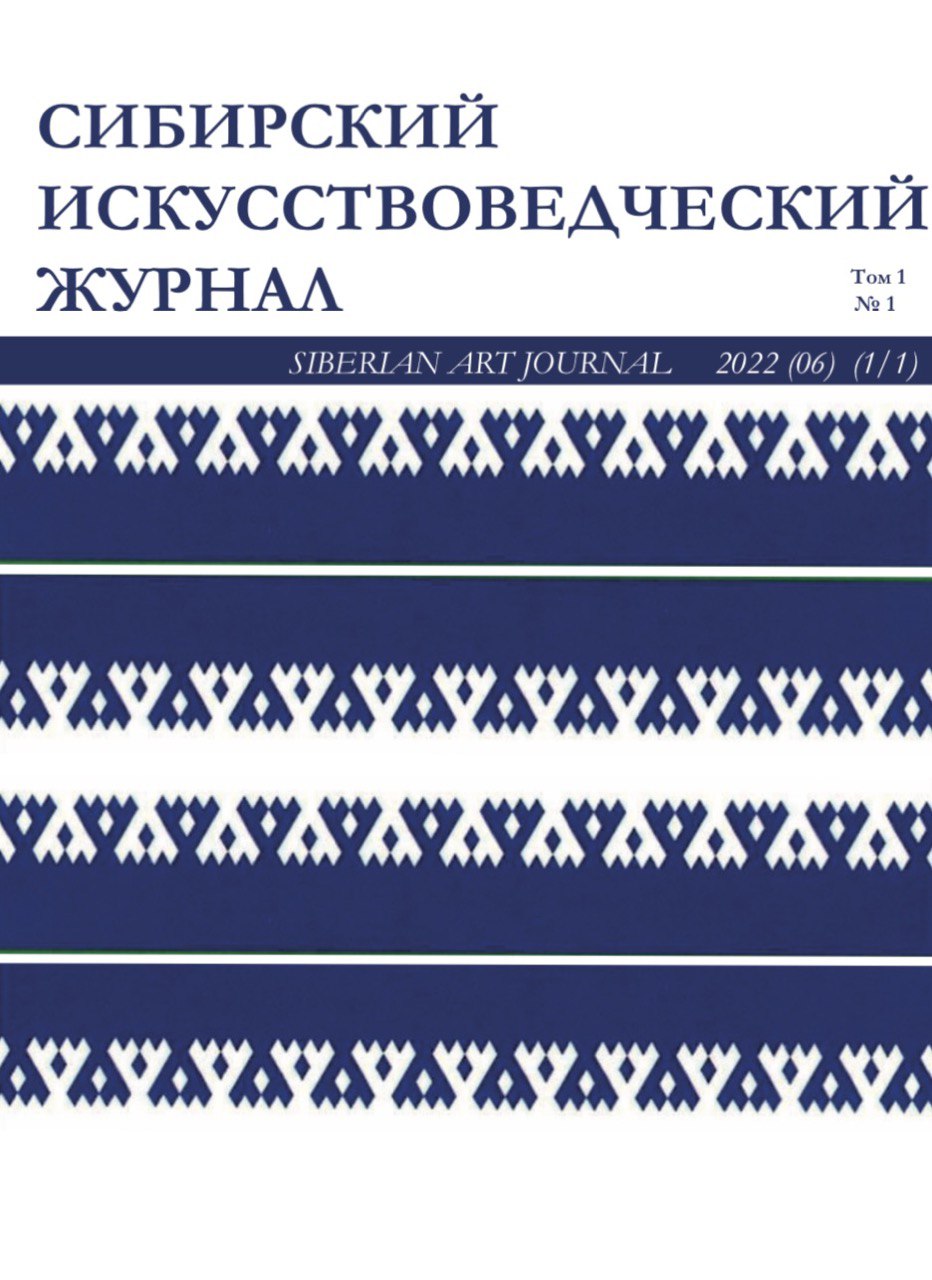Qian Shaowu(钱绍武)(1928-2021) is one of the representatives of “the first person in Chinese realistic sculpture” and “Chinese modern sculpture of Xie-Yi”. His sculptures have a unique style that combines Eastern and Western artistic elements, showing majestic and deep meaning. His sculptures not only possess deep realist skills, but also incorporate romantic poetic expression and find a balance between subjectivity and objectivity, promoting a new aesthetics of sculpture. Qian Shaowu's sculptures are also innovative in form. His work no longer adheres to traditional sculptural forms, but pays more attention to overall composition and the creation of space. His sculptures often employ bold lines and abstract forms, breaking the limitations of traditional sculpture and demonstrating a freer, more open artistic style. His work spans a wide range of arts, including sculpture, painting, calligraphy and other fields. His sculptures represent a variety of themes such as historical figures, cultural celebrities, revolutionaries and others. The types of sculptures he creates include monumental and easel. Qian Shaowu's sculptures are influenced by the sculptural styles of French realism and Soviet socialist realism (Russian realism). The study compares the content and stylistic characteristics of Qian Shaowu's works with the works of Russian artists and Western European artists. When analyzing the works of Chinese sculptors, methods of iconography and comparative analysis are used.
Qian Shaowu, Russian realism, Western European impressionism, Chinese traditional culture
1. Wang, Y. (2010). The sculpture of immensity: A brief discussion on Mr. Qian Shaou's sculptures of historical figures. Art Life, (03), 25. doi:CNKI:SUN.0.2010-03-011. [In Chinese]
2. Wang, S. (2009). On methods of processing sculptural forms. Central Academy of Fine Arts. Retrieved from https://kns.cnki.net/KCMS/detail/detail.aspx?dbname=CMFD2009&filename=2009153508.nh. [In Chinese]
3. Wang, S., Tian, R., & Liu, Y. (2013). Heritage and innovation: A brief analysis of research on the nationalization of modern Chinese sculpture. Literature and Art Studies, (01), 115–117. doihttps://doi.org/10.16566/j.cnki.1003-5672.2013.01.022. [In Chinese]
4. Li, B. (2018). Attempts to localize the Western figurative sculpture language in China (Master's thesis). China Academy of Art. Retrieved from https://kns.cnki.net/KCMS/detail/detail.aspx?dbname=CMFD201901&filename=1018188029.nh. [In Chinese]
5. Liu, Y. (2008). The influence of the Soviet educational model in the field of sculpture in New China (Master's thesis). Central Academy of Fine Arts. Retrieved from https://kns.cnki.net/KCMS/detail/detail.aspx?dbname=CMFD2008&filename=2008077645.nh. [In Chinese]
6. Zhang, P. (2002). Sincerity in sculpture: An interview with Qian Shaou. Artistic Observation, (04), 15–18. doi:CNKI:SUN.0.2002-04-008. [In Chinese]
7. Zhu, J. (2018). Preliminary study on the development of modern Xie-Yi sculpture in China. Art, (06), 106. doihttps://doi.org/10.13864/j.cnki.cn11-1311/j.004466. [In Chinese]
8. Shao, D. (1996). The master’s style: A brief discussion on Qian Shaou's sculptures. Sculpture, (04), 15. doi:CNKI:SUN.0.1996-04-004. [In Chinese]
9. Shao, D. (2002). On the artistic creation of Qian Shaou. Art Research, (02), 10–17. doi:CNKI:SUN.0.2002-02-001. [In Chinese]
10. Yang, Q. (2019). China’s sculptor: The practical example of Mr. Qian Shaou. Sculpture, (04), 65–71+64. doi:CNKI:SUN.0.2019-04-013. [In Chinese]





